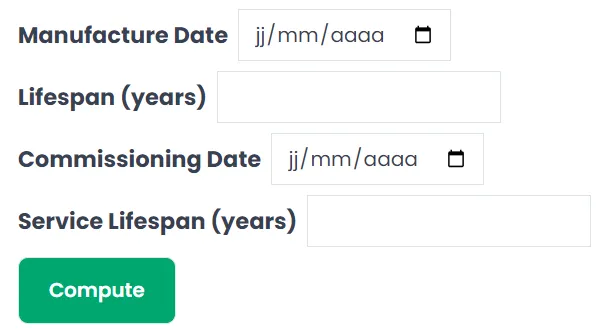Implementing good management of personal protective equipment (PPE) in a climbing club is essential to ensure the safety of climbers as well as the longevity and effectiveness of the equipment. Here is a detailed guide to achieve this.
Appoint a Manager
First, appoint a PPE manager within the club and make them known to all members.
The manager should be trained for this role. For this, the American Mountain Guides Association (AMGA) offers courses and certifications in climbing instruction and safety, including PPE management.
- Situate their action within the regulatory and normative environment of PPE.
- Know the different safety equipment (use, maintenance, storage).
- Perform different levels of control.
- Identify and mark equipment.
- Set up and maintain the register.
- Coordinate and train assistant controllers.
- Inform users about the use and maintenance of equipment.
This person will then have the following missions:
Acquisition and Stock Management
- Select and Purchase PPE: Choose equipment that complies with safety standards and is suitable for the association’s needs.
- Manage Inventory: Keep an up-to-date PPE register , including details such as purchase date, type, brand, and estimated lifwespan.
The register is the most important thing to do and will be required in case of (unfortunate) accidents or any problem involving insurance or audits.
Maintenance and Inspection
- Schedule and Perform Regular Inspections: Check the condition of PPE at regular intervals to identify any signs of wear or damage.
- Perform Maintenance: Clean, repair, or replace equipment as needed to ensure proper functioning.
To ensure proper inspection of the equipment (even after being trained), it is important to refer to the manufacturer’s instructions. If you don’t have software to do this automatically, you need to create a folder to archive and reference all the instructions for your equipment.
Maintenance Examples
- Helmets: Check the integrity of the shell and straps, replace if cracked.
- Harnesses: Inspect buckles and stitching, replace if showing signs of wear.
- Ropes: Look for abrasions or cuts, replace if necessary.
Compliance and Standards Updates
- Keep Up with Safety Standards: Stay informed of the latest standards and regulations concerning PPE. The website USA Climbing Rulebook.
- Ensure Compliance: Make sure all PPE complies with current standards.
Training and Awareness
- Train Users: Educate members on the correct and safe use of PPE.
- Raise Awareness of Safety Importance: Promote a culture of safety within the association.
Training Examples
- Practical Workshops: Organize sessions where members can practice inspecting and properly using PPE.
- Information Sessions: Present updates on standards and best practices during club meetings.
Incident Management
- Manage Defective Equipment: Quickly remove damaged PPE from circulation.
- Report and Analyze Incidents: Document incidents related to PPE and analyze causes to prevent future occurrences.
Communication and Collaboration
Regularly inform members of updates, new procedures, and important information regarding PPE.
Communication Example
- Monthly Bulletin: Send a monthly email with reminders on PPE inspection, new acquisitions, and upcoming training sessions.
Conclusion
The role of the PPE manager is crucial not only to ensure compliance with safety standards but also to maintain a culture of risk prevention within the club. This position requires constant attention, management skills, a good knowledge of safety standards, and the ability to communicate effectively with various stakeholders.

